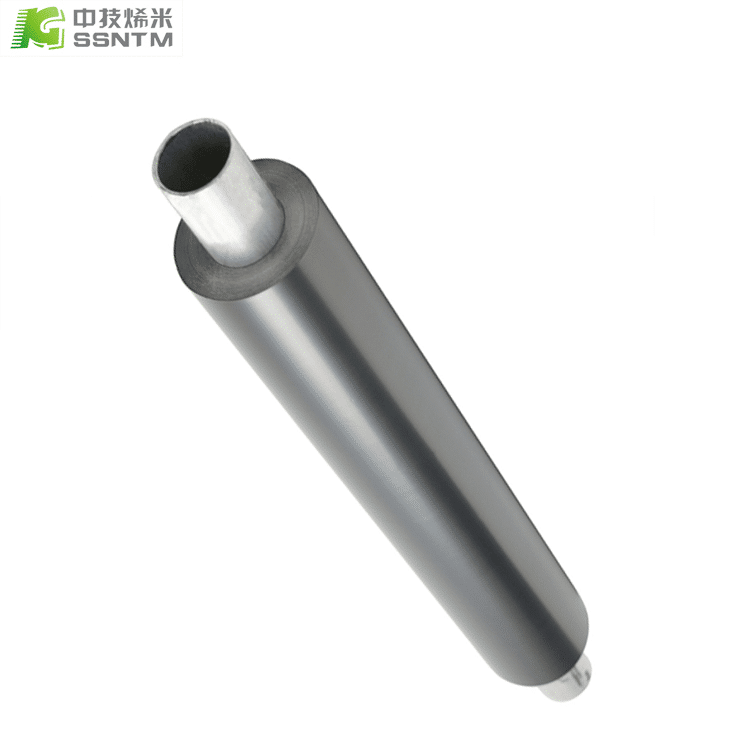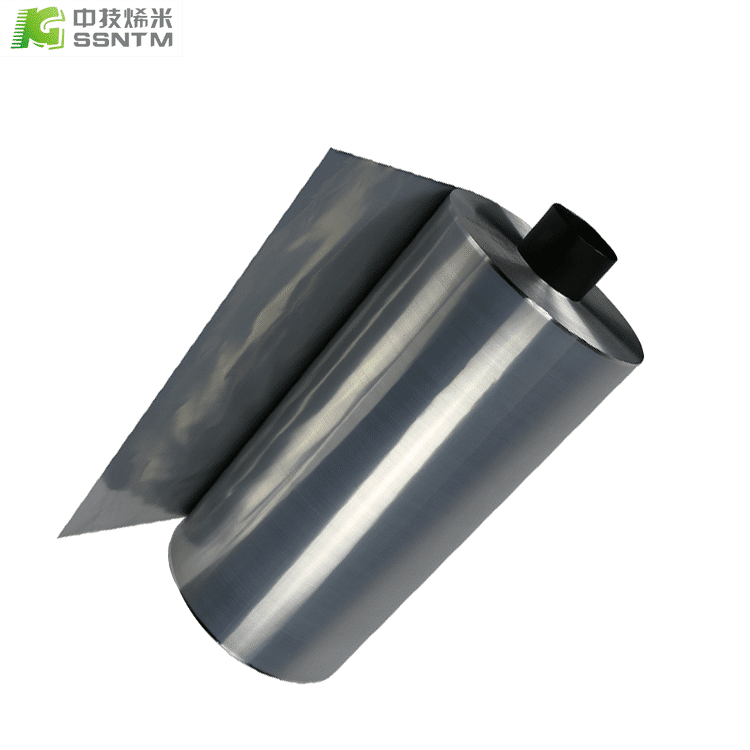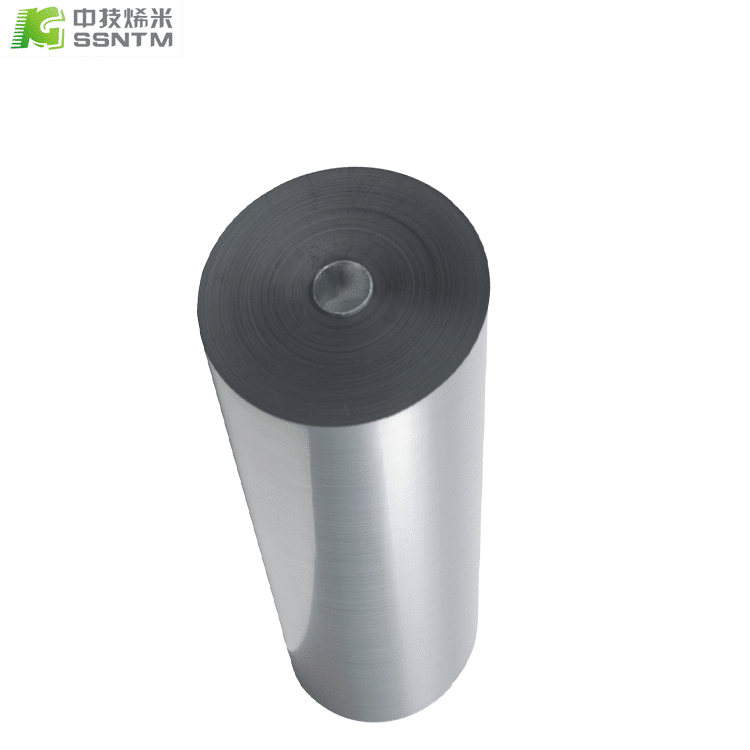General Classification and Function of Modified Current Collecting Aluminum Foil Conductive Coatings
Due to application limitations, there have been no significant technological advances in aluminum foil as a battery ear and barrier layer, except for its thickness. However, as a positive current collector, there have been many advances in the coating treatment of the conductive layer. By coating the conductive layer, the surface roughness of aluminum foil can be increased, while reducing the wetting angle and improving adhesion, making the active materials on the current collector more firmly attached, ultimately reducing contact impedance and polarization resistance, the effect of reducing internal polarization to improve battery efficiency and cycling performance. At present, conductive coating materials include surface carbon coating, graphene coating, carbon nanotube coating, composite coating, etc.
Carbon Coated Aluminum Foil
In lithium iron phosphate battery, the adhesion between the positive collector of aluminum foil and the active material is poor, and the internal resistance and polarization are large, which affects the battery cycle life. However, by coating carbon layer on the surface of aluminum foil, the contact between the positive collector and the active material can be effectively improved, the performance of lithium iron phosphate battery can be optimized, and the battery cycle life can be improved. At the same time, by coating a carbon layer, an electron-conducting layer can be formed between the lithium iron phosphate particles and the collector, thereby improving the electron transfer efficiency and reducing the oxidation corrosion of the collector.

Coated Graphene Aluminum Foil
Graphene, as a new type of conductive carbon material, is a single layer honeycomb two-dimensional sheet crystal composed of carbon atoms. Its unique two-dimensional structure can greatly improve its specific surface area and conductivity. As a coating material, graphene coating has thinner thickness and higher viscosity compared to carbon coating, which can effectively reduce the expansion and delamination of the active material after coating.
Carbon Nanotube Coated Aluminum Foil
Carbon nanotubes, with their unique nanotube-like structure and excellent electrical and thermal conductivity, are considered an ideal reinforcement material for coatings and have great potential as a conductive agent for lithium-ion batteries. At the same time, the specific surface area of carbon nanotubes is large, allowing lithium ions in the battery to adsorb on the outer wall of carbon nanotubes to improve the contact between the collector aluminum foil and the active material. The coating of carbon nanotubes effectively reduces the interfacial resistance between traditional aluminum collector foil and active materials, while improving the wettability of the active materials.
Composite Coated Aluminum Foil
Two or more materials with different properties are used as aluminum foil coatings, such as graphene carbon nanotube composite coatings and carbon black/graphene composite coatings. Coating graphene carbon nanotube composite coating on the surface of collector aluminum foil can improve the interfacial conductivity and adhesion between the collector and the active substance; carbon black/graphene composite coating coated with current collector aluminum foil, compared with pure graphene coating, the carbon black in the composite coating can compensate for the weak interlayer conductivity of graphene, form a better conductive network between the current collector and the active substance, and better improve battery performance.



